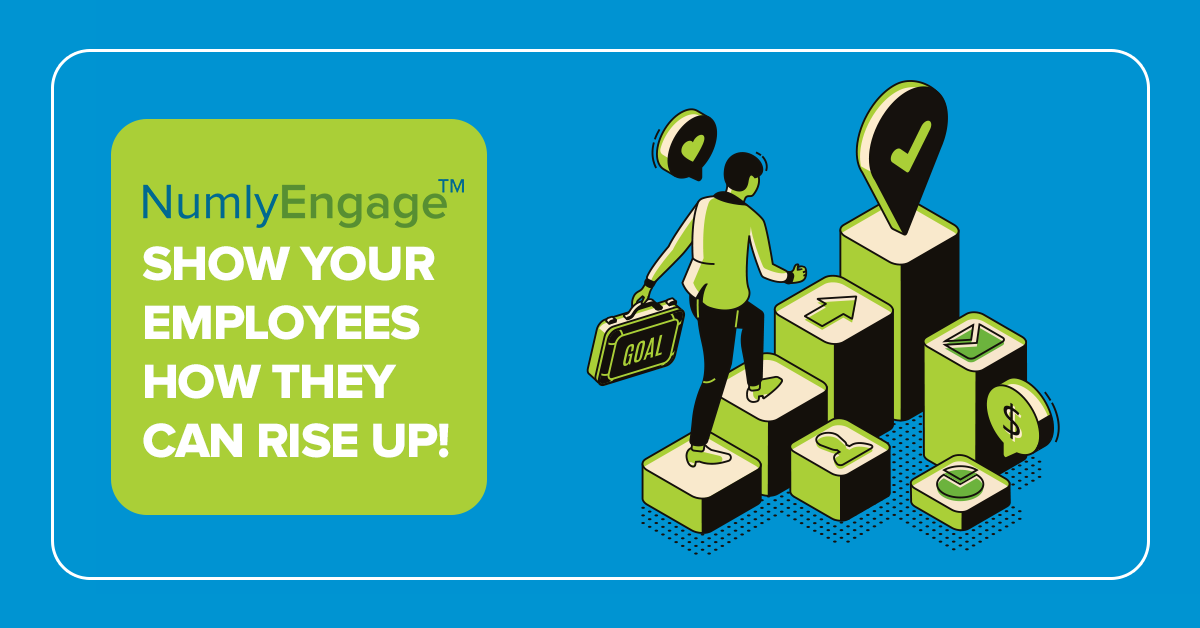Technological evolution, changes in demographics, and the subsequent transformation of social norms have made today’s workplace significantly different from what it was even a few years ago. One area that these changes have impacted greatly is that of employee engagement and employee experience.
With an increasingly tightening job market, organizations are coming to terms that having employees who are excited to simply have a job is a vestige of the past. Motivating, engaging, and thereby retaining talent is now a priority. The tricky part is that with the demographic change in the workplace, motivations driving engagement have changed.
While non-monetary perks have risen in importance, agile work environments are becoming more popular. Employees today want to be connected to the organization by a sense of shared purpose. Learning and development initiatives are now important drivers of employee engagement.
With so many changes happening in the workplace, one thing is crystal clear – employee engagement is now all about powering up the workforce and ensuring enablement happens at work.
How can organizations do that?
Target a specific audience for engagement
Gone are the days when one engagement model could be rolled out across the board in an organization. Millennials and Gen Z, two of the fastest-growing demographics in the workplace of today are driven by ‘value’ and want this theme to resonate across all the activities of the organization – employee engagement included.
Employee engagement also has to ensure that it reaches all the employees – remote workers, part-time workers, contractual workers, and frontline workers. Whether they go to an office or operate from a virtual one, it is essential to keep all of them engaged irrespective of when and where they work from.
Given these dynamics, organizations have to sharpen their employee engagement focus and look at targeting the specific needs of specific audiences such as first time managers, women leaders, and inside sales representatives.
In today’s day of flagging engagement levels, it is imperative that organizations understand that the rules of engagement that would fit a new hire, for example, could be very different from the long term employee. Engagement here for long-term employees could also mean getting all employees aligned with the organizational and strategic changes.
Engagement for women leaders, for instance, would drive greater results if it is focused on creating mentoring opportunities, identifying the specific hurdles at work alleviating them, and providing a more inclusive, empathetic and learning environment.
Thematic exploration
In the new world of work, employee engagement has to be a highly targeted activity. Instead of looking at employee engagement as one big picture, it makes sense to look at the tiny pieces that fit in to create this picture.
A good place to start this thematic exploration is by understanding what employees want and expect their workplace to fulfill. Agendas that are relevant to today’s workforce include many areas and are not limited to their work alone. Topics like diversity and inclusion, work-life balance, leadership development, and anger management are important words in the vocabulary of today’s employees.
For example, research shows that 57% of employees feel that organizations should be more diverse. Organizations have to look at this seriously as diverse teams routinely outperform non-diverse ones. Diversity initiatives for employee engagement also have to now move beyond day-long training programs that do not compel a change in behavior. However, this goal can be achieved successfully by leveraging mentoring as a tool.
Work-life balance has also become an important driver for employee engagement. Research shows that employees with good work-life balance work 21% harder than those who don’t. This makes work-life balance an important employee engagement agenda.
Anger management in the workplace is another pertinent topic in the engagement conversation as it impacts the office environment. Creating an empathetic environment and enabling employees with the right set of tools to specifically manage explosive situations can augment employee engagement across the table.
Focus on skill development as the basis of engagement
Organizations have to take a close look at their learning and development initiatives. Along with focusing on technical skills development, they have to also now focus heavily on power skill development in the enterprise.
Power skills such as communication skills, growth mindset, self-management, interpersonal skills are all extremely beneficial to organizational health. Power skill training on decision-making, communication, and problem-solving can lead to better team relationships. Focusing on developing these skills as a part of engagement initiatives can help employees build deeper and more meaningful relationships at work, thereby boosting engagement and also leading to a more robust bottom line.
According to an MIT Sloan study, power skills training in specific areas yields a 250% ROI over a period of only eight months.
It is high time that organizations revamp their employee engagement strategies and focus on creating meaningful exchanges at work over things that impact work and employees.
It is all about creating a workforce that works with passion and feels a profound connection with their organization. Increasing engagement at work is now a strategic priority for obvious reasons. It is time that we approach it in a strategic manner as well.
Try NumlyEngage™ platform. Companies around the world are leveraging it to deliver measurably greater employee engagement and business growth by bridging the growing soft skills gap in enterprises.

